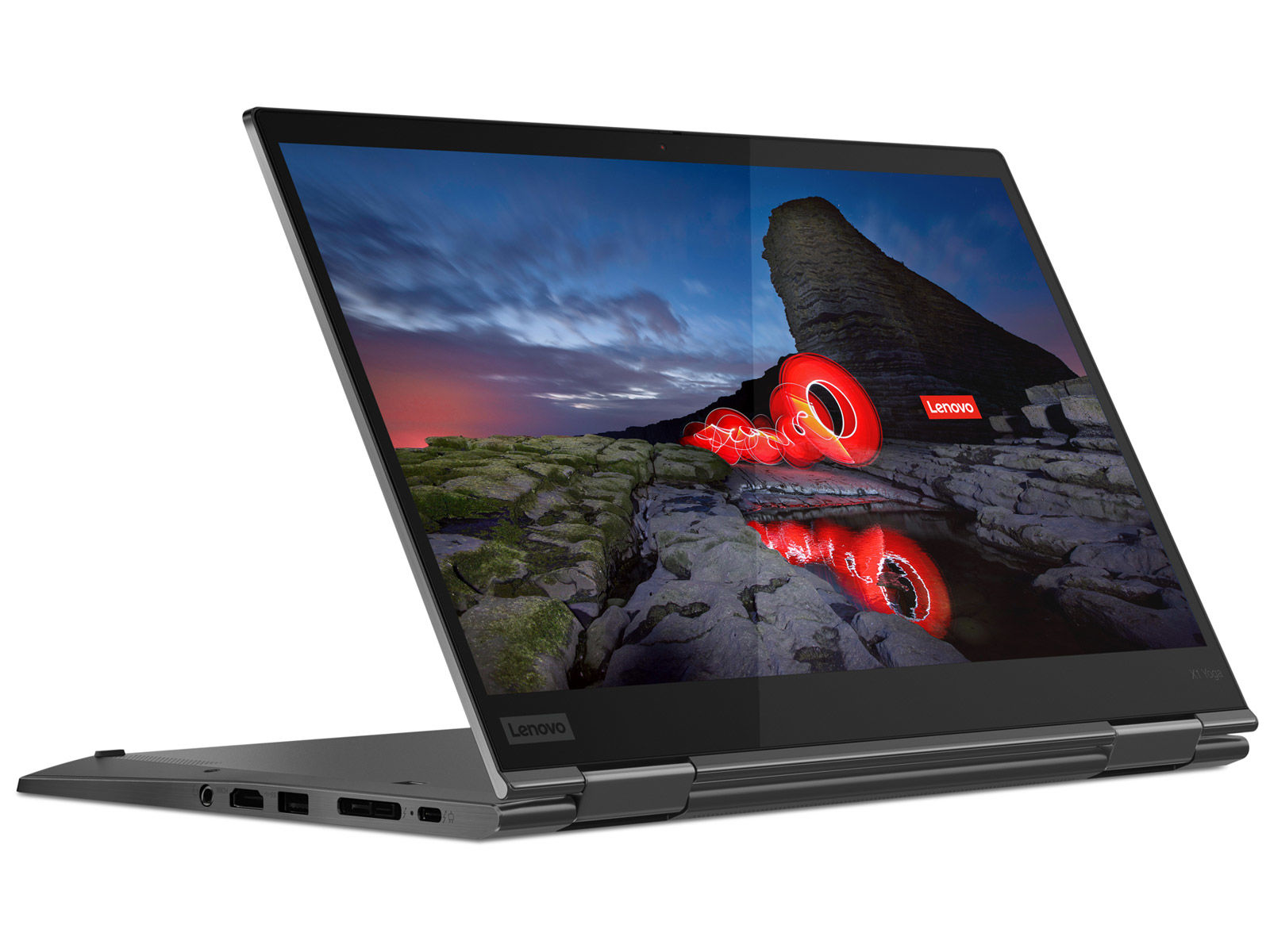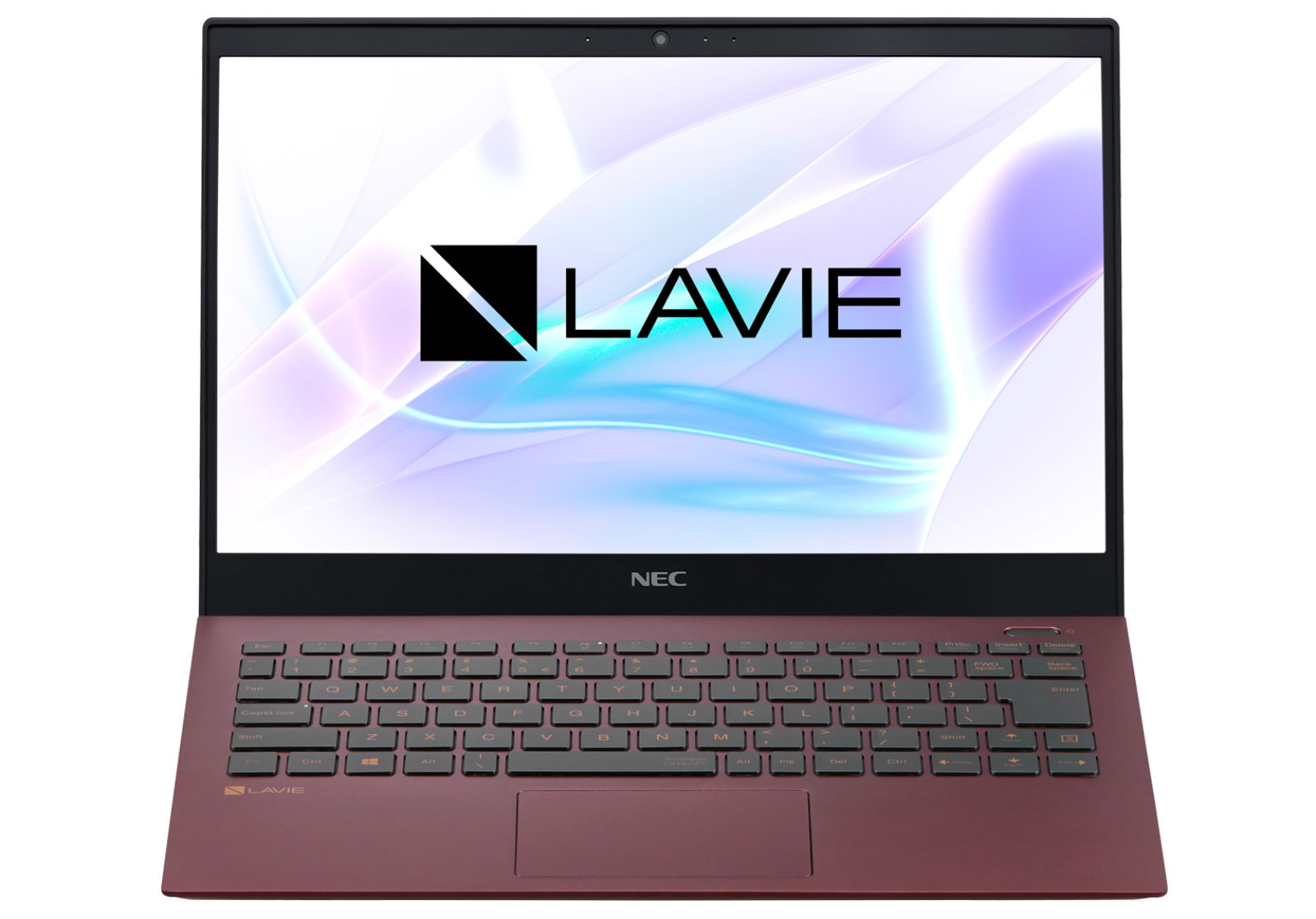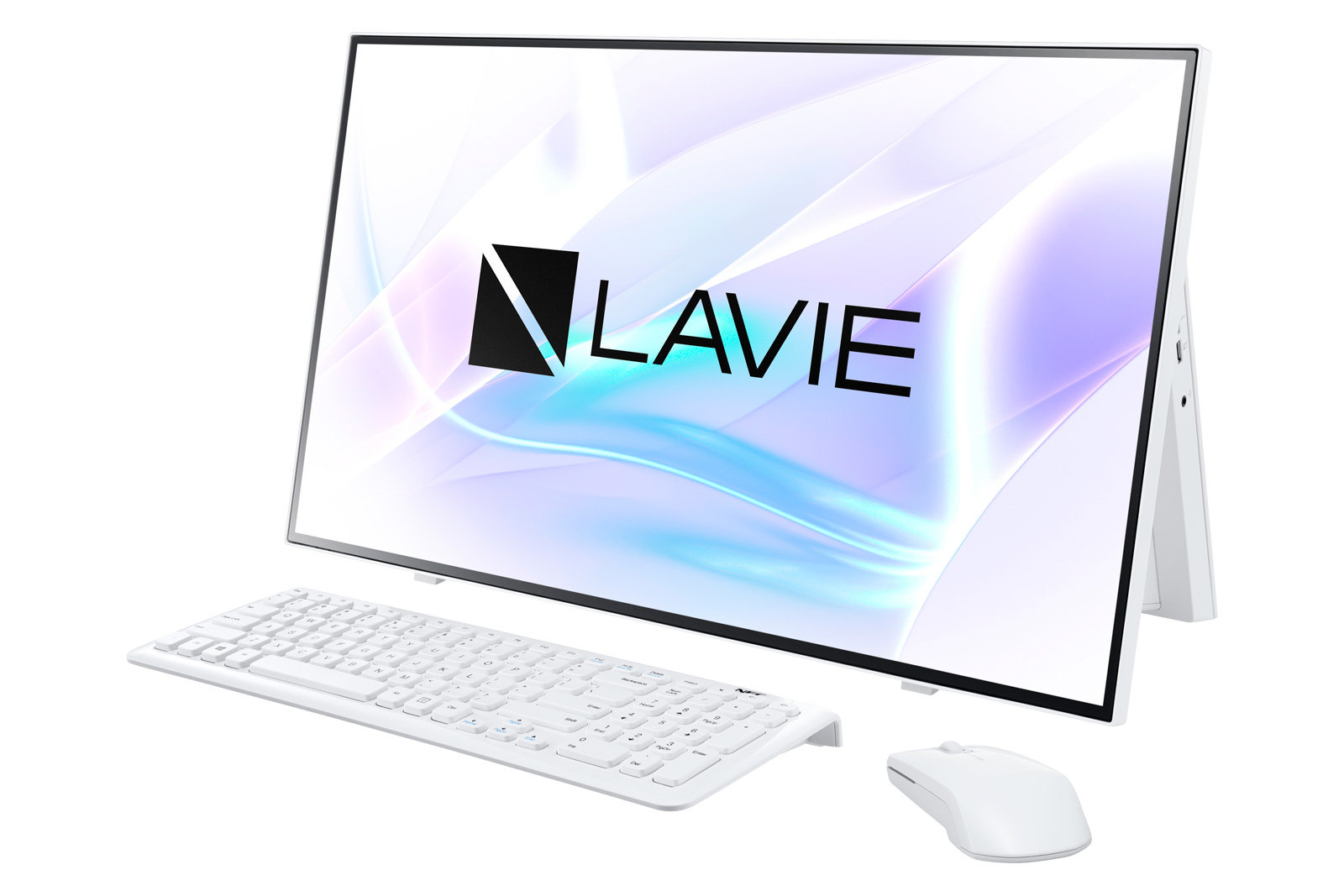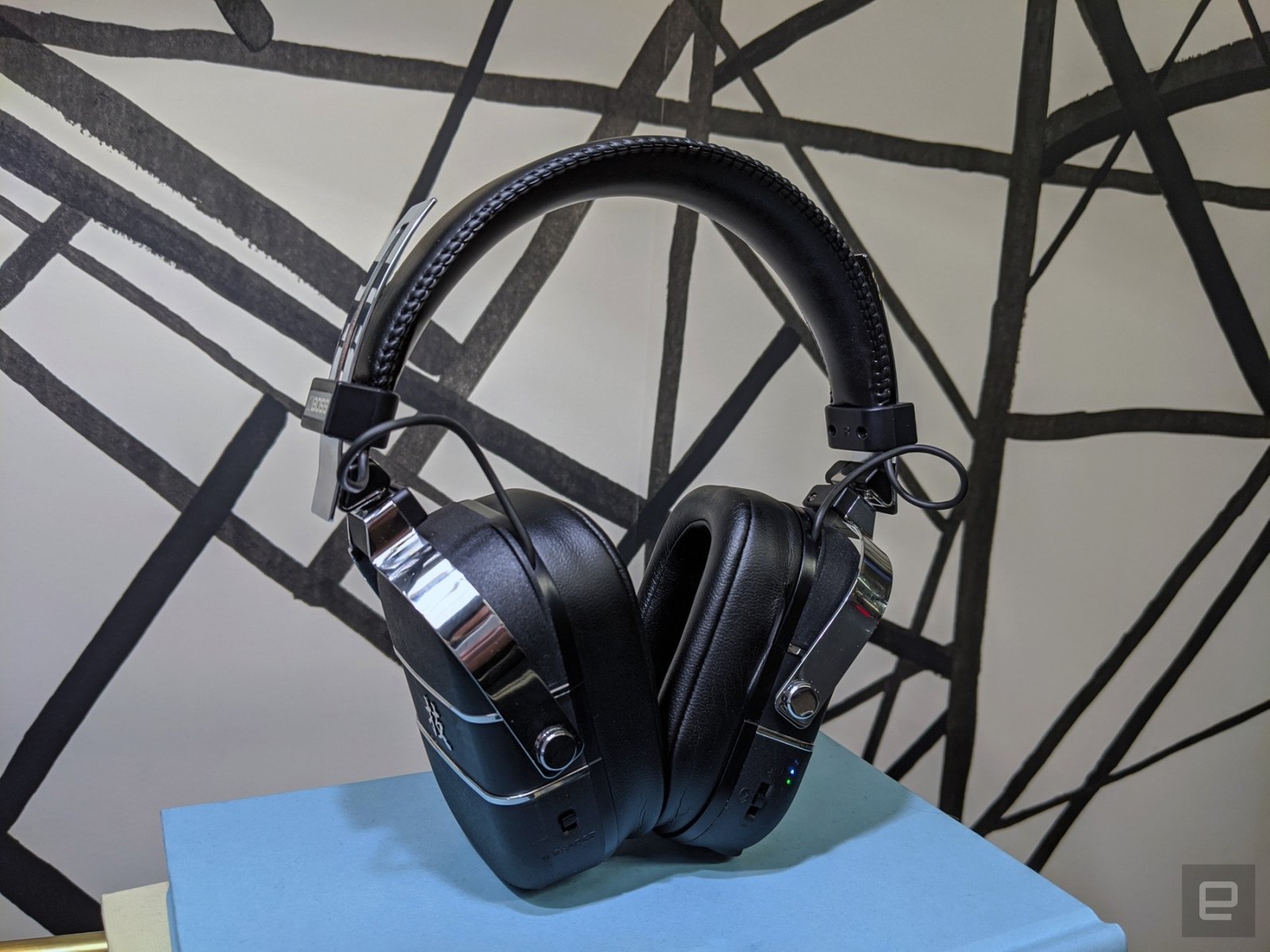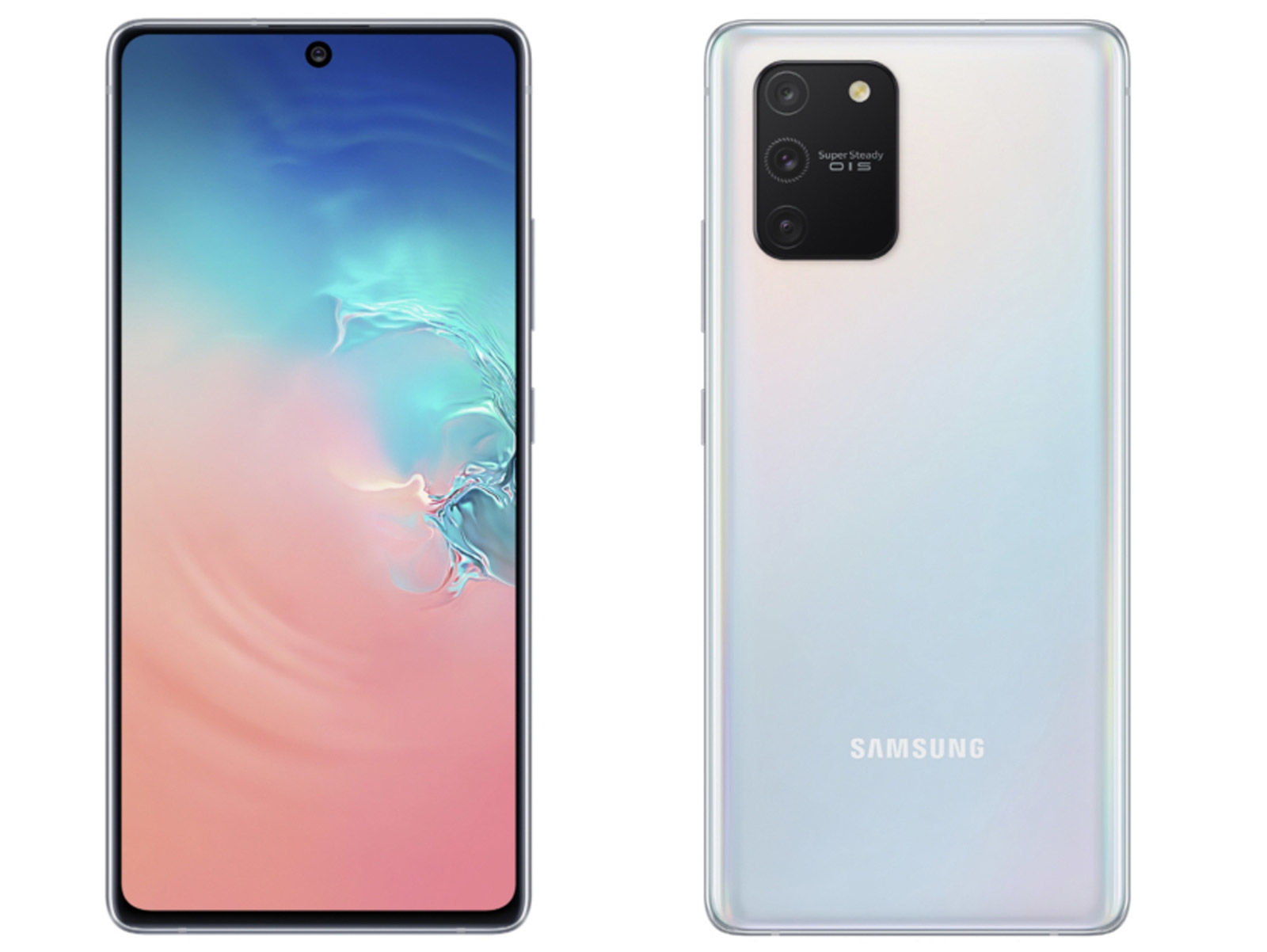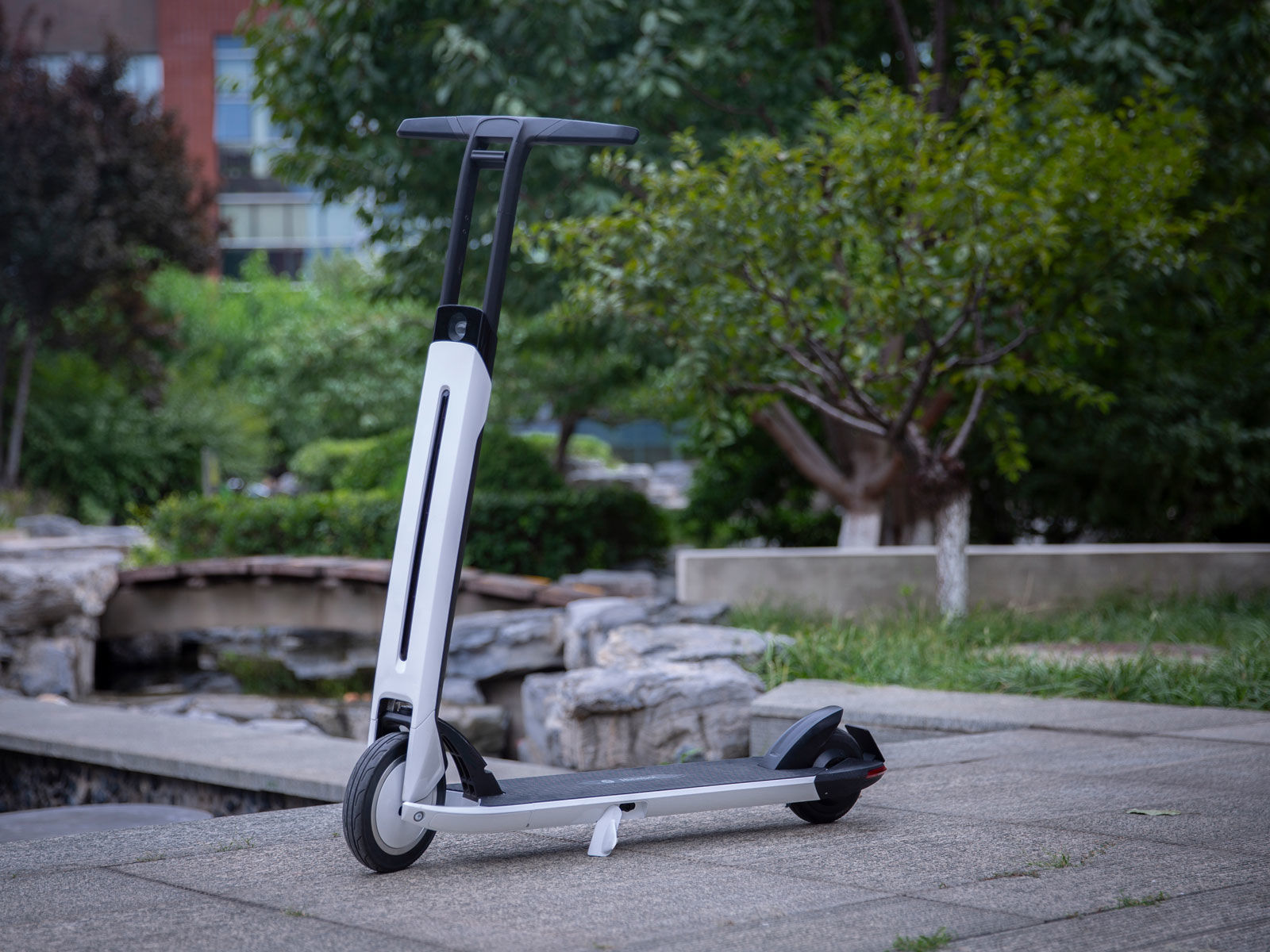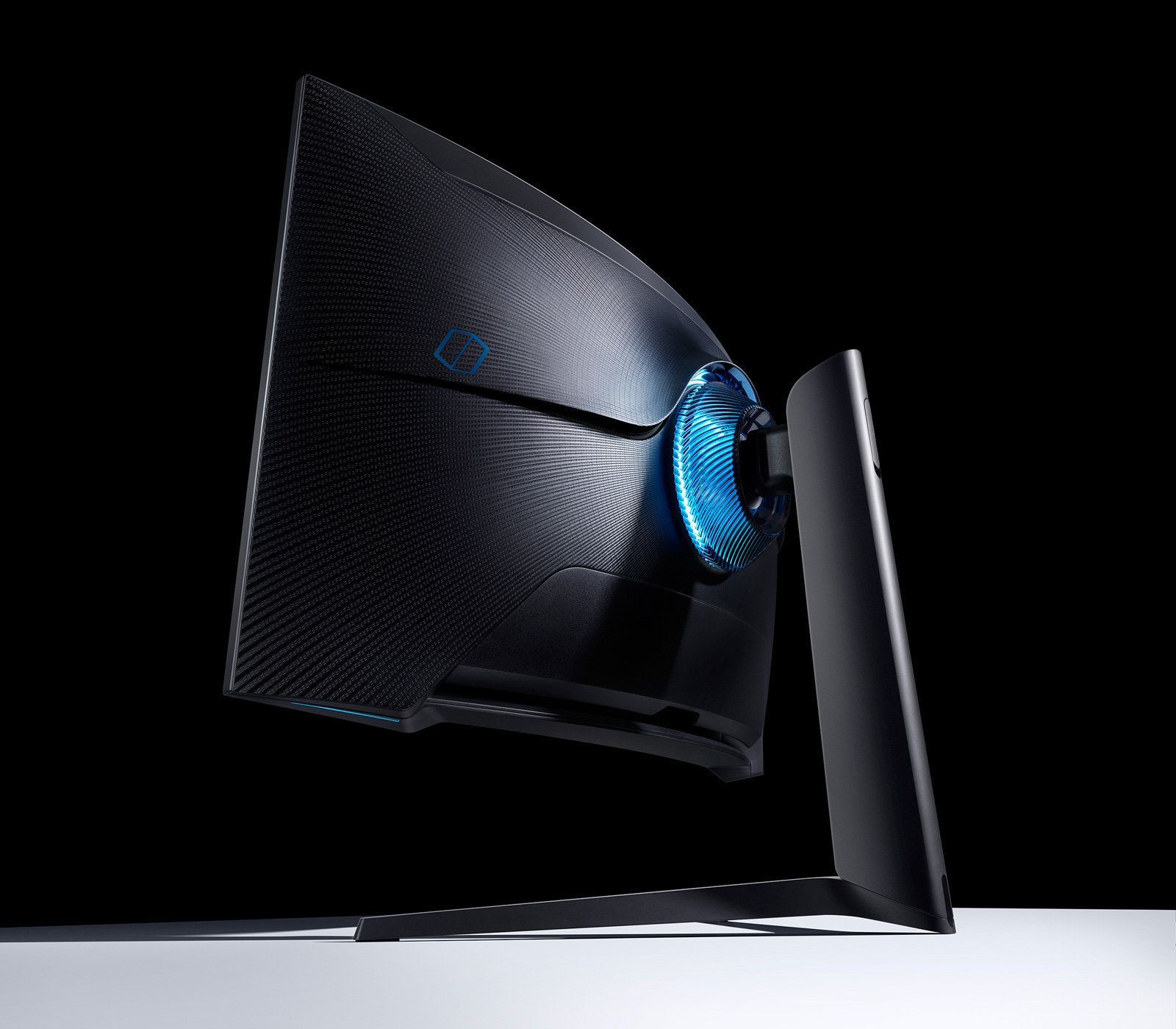Screens of all shapes and sizes
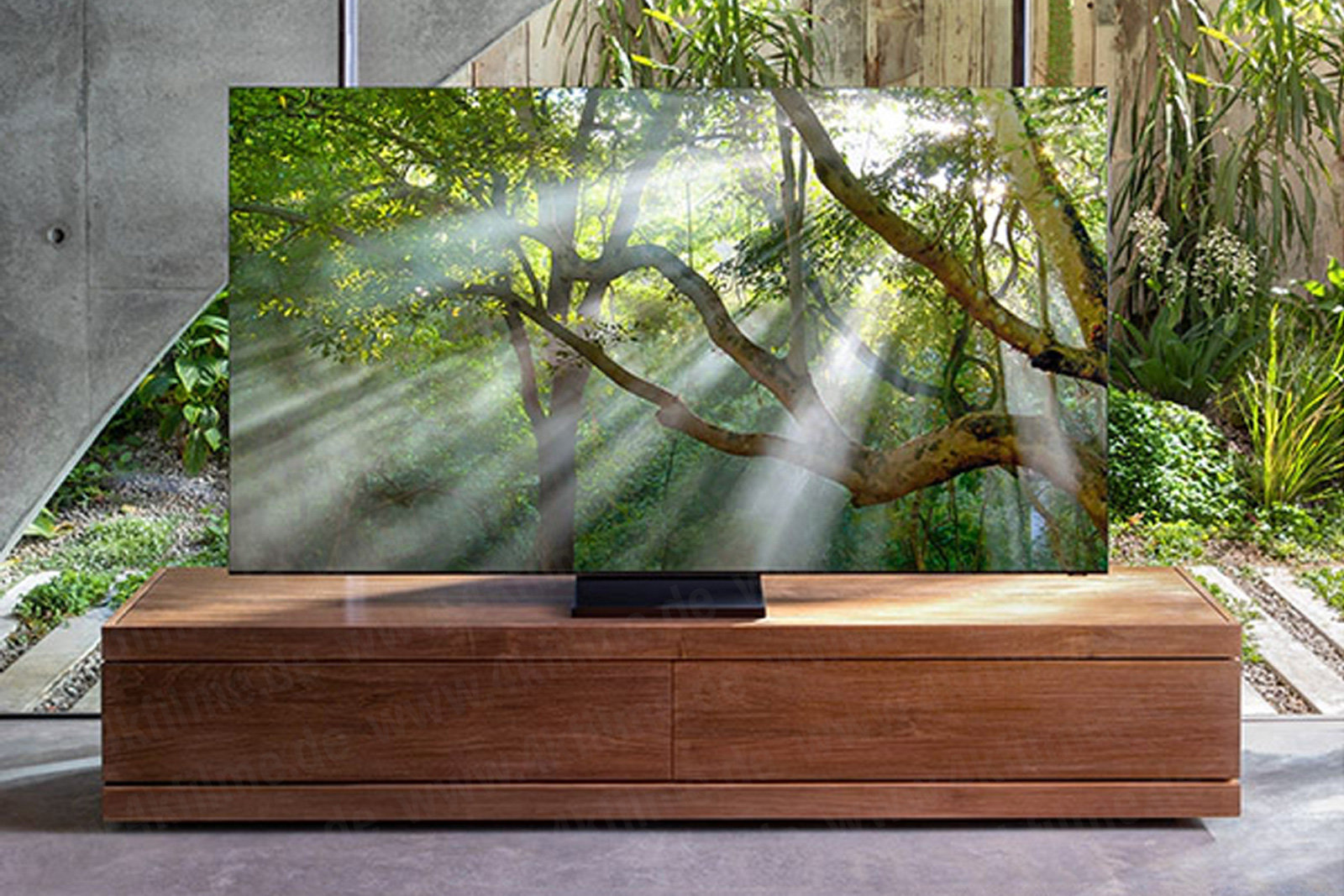
It wouldn’t be CES without being surrounded by a plethora of screens, and 2020 looks to be no different. Like in years past, expect there to be bigger and better TV screens on display (no pun intended). Take 8K, for example. No one really needs an 8K television (considering the absolute dearth of 8K media out there), but that won’t stop manufacturers from churning them out. Remember Samsung’s ridiculous 292-inch 8K The Wall TV? We’d be seriously disappointed if we don’t see even more extravagances like that next week.
Aside from that, we’ll likely see improved OLED panels, plus a bigger push toward MicroLED adoption. (MicroLED screens supposedly pack in the same brightness and color as OLED panels, but with greater longevity.) And in case normal TVs are just too boring for you, expect stylish sets from all the big companies. Samsung gave us a sneak peek at a zero-bezel TV, for example, and LG has already teased a rollable OLED concept that unfurls from the ceiling.
Of course, CES will feature smaller screens too — especially in the form of laptops and phones. Even though 2019 was a bust for the foldable display trend — the Samsung’s Galaxy Fold wasn’t exactly a smash hit — we definitely expect to see more companies showing off their own takes on flexible displays, not just in phones, but laptops too. We also won’t be surprised if we see more devices with dual screens, too. Perhaps we’ll get to see a final version of Intel’s dual-screen gaming prototype we saw last year.
Transportation tech
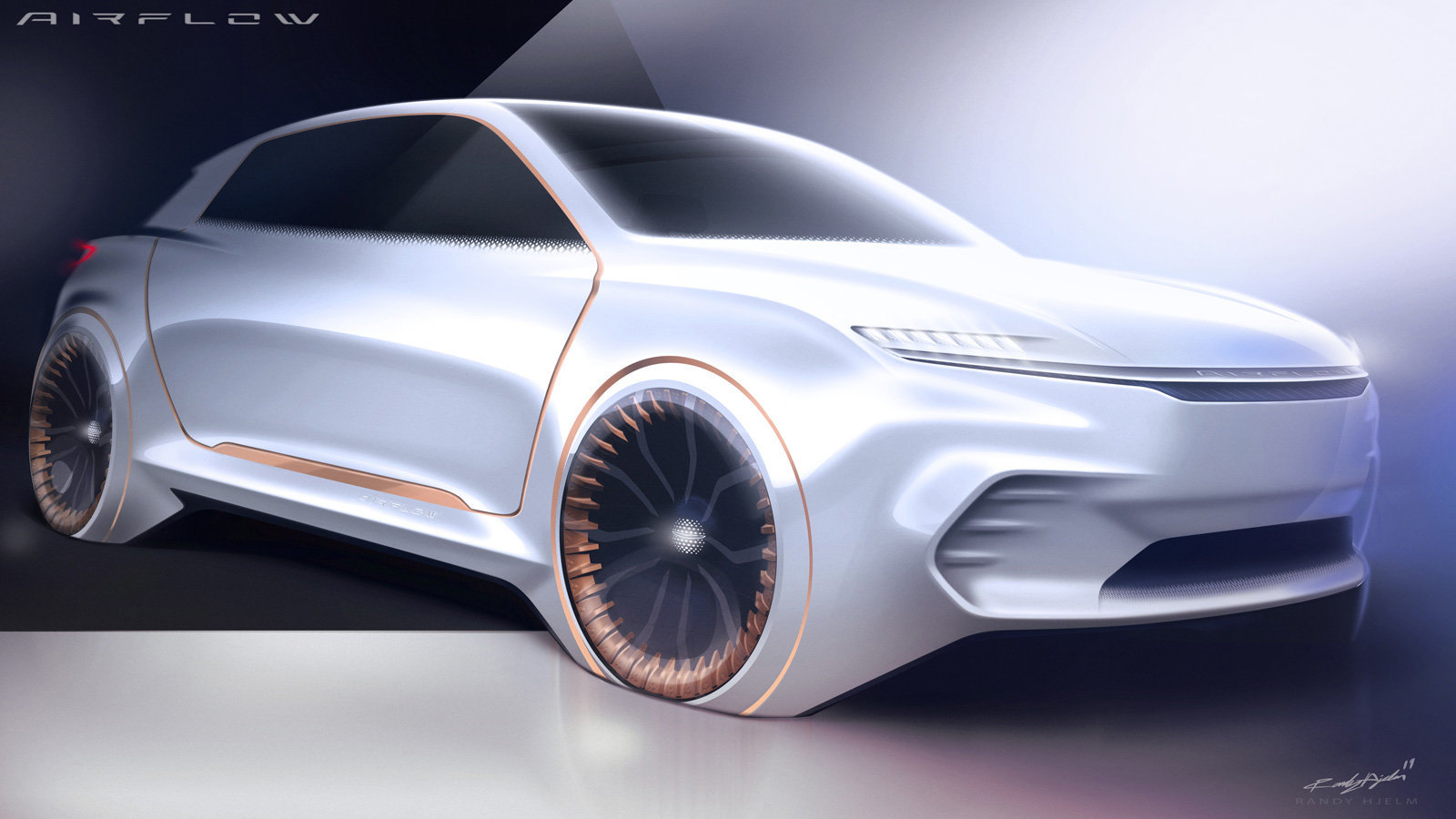
Even though CES is ostensibly a tech show, cars have been taking up more and more floor space in the past few years. At CES 2020, expect to see even more concept vehicles that show off the latest in artificial intelligence, autonomous driving tech and EV innovations. A few companies have already teased what they’re going to show: Aston Martin will have a three-video-feed rearview mirror, Fiat Chrysler touts an all-digital cabin concept, Honda will demonstrate its AI assistant, and Jeep is planning to reveal its first-ever fleet of plug-in hybrids.
We also look forward to checking out the Nawa e-motorbike plus the new eScooter and eMoped from Segway (which was acquired by Ninebot a few years ago). But perhaps the most exciting transportation-related demonstration at the show would be Hyundai’s take on the flying car.
The home gets smarter
As at previous shows, we expected the connected home to be a big part of CES 2020. Not only do we foresee even more connected fridges and ovens, we also think we’ll see connectivity in even more devices like faucets, showers and lamps (like this unique indoor gardening appliance by LG). We also won’t be surprised if we see more competitors to Nest and Ring in the area of security cameras. As these two companies tend to dominate the news, more competition in the space is certainly welcome.
On top of that, we expect all these companies to assure us of better security. Ring, for example, got into some trouble a few weeks ago when hackers successfully infiltrated their systems and bribed homeowners and even scared an 8-year-old child. It would behoove Ring (and parent company Amazon) and Google to demonstrate that they’re trustworthy companies, especially when it comes to home security.
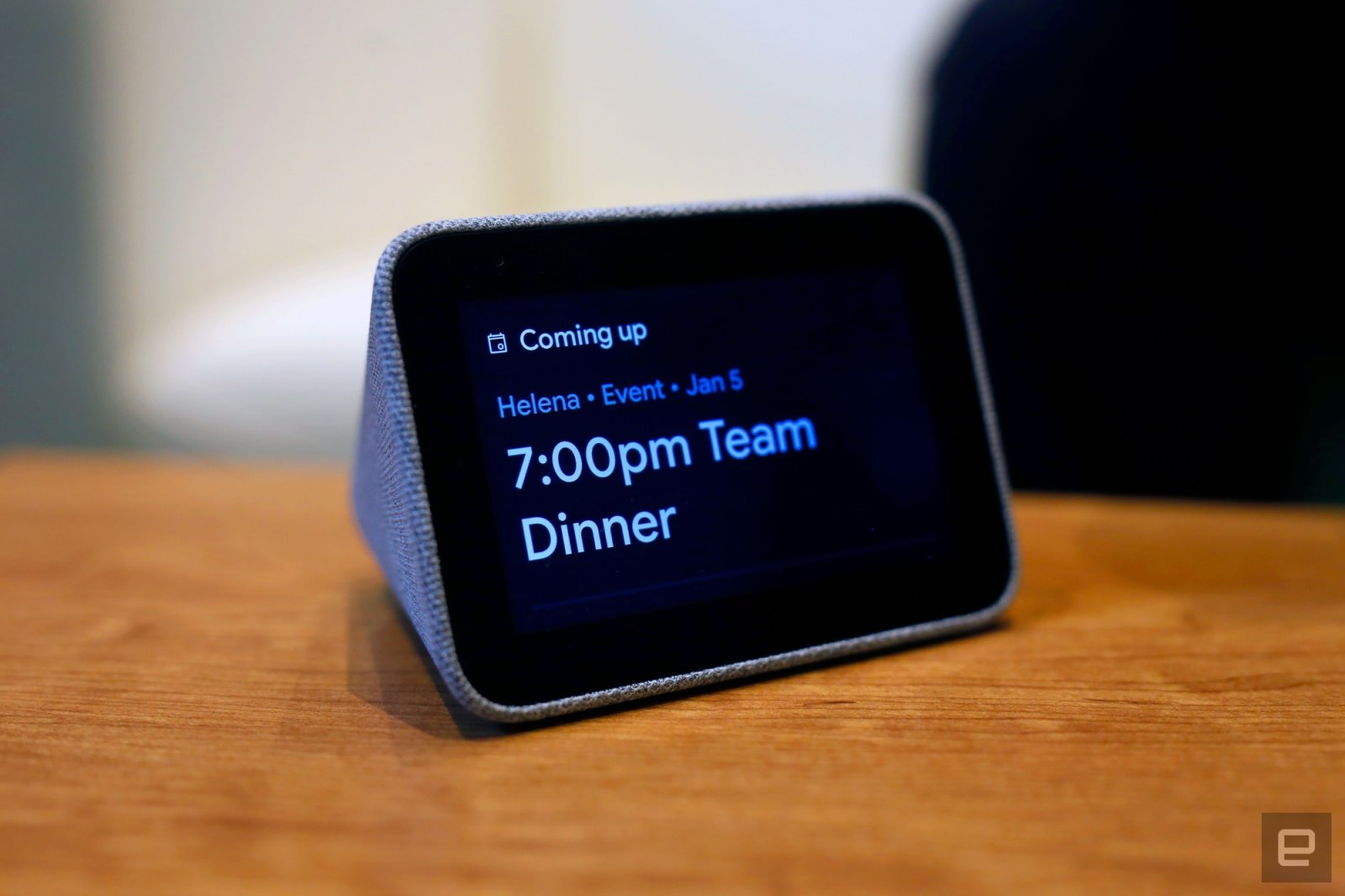
Assistant overload
We already know that Google and Amazon will have a large presence at CES next week so expect a lot more devices to have either Assistant or Alexa built-in. Whether it’s with televisions, cars or connected speakers, two companies will likely duke it out to see which one can incorporate its assistant into our lives. We’ve already seen companies like LG announce that their soundbars will have Google Assistant baked-in, for example.
We can also expect these two assistants to be in more home appliances than ever before. Either they’ll be integrated at the point of purchase or you can add that functionality later on with an inexpensive add-on. And it won’t just be smart speakers and smart displays this year, but many more everyday items will soon be voice-activated too.
5G in more devices
At CES 2020, we expect 5G connectivity to show up not just in phones, but also laptops and beyond. We’ve already seen this in the Dell Latitude 9510, which debuted earlier this week. 5G networks aren’t very prevalent right now, but by the time the laptop comes to market in March of this year, they may be more widespread than they are now. As AT&T and Verizon widen their 5G footprints, we’ll definitely see more than just Dell make hardware 5G-compatible, and CES 2020 could be our first chance to get a glimpse of them.
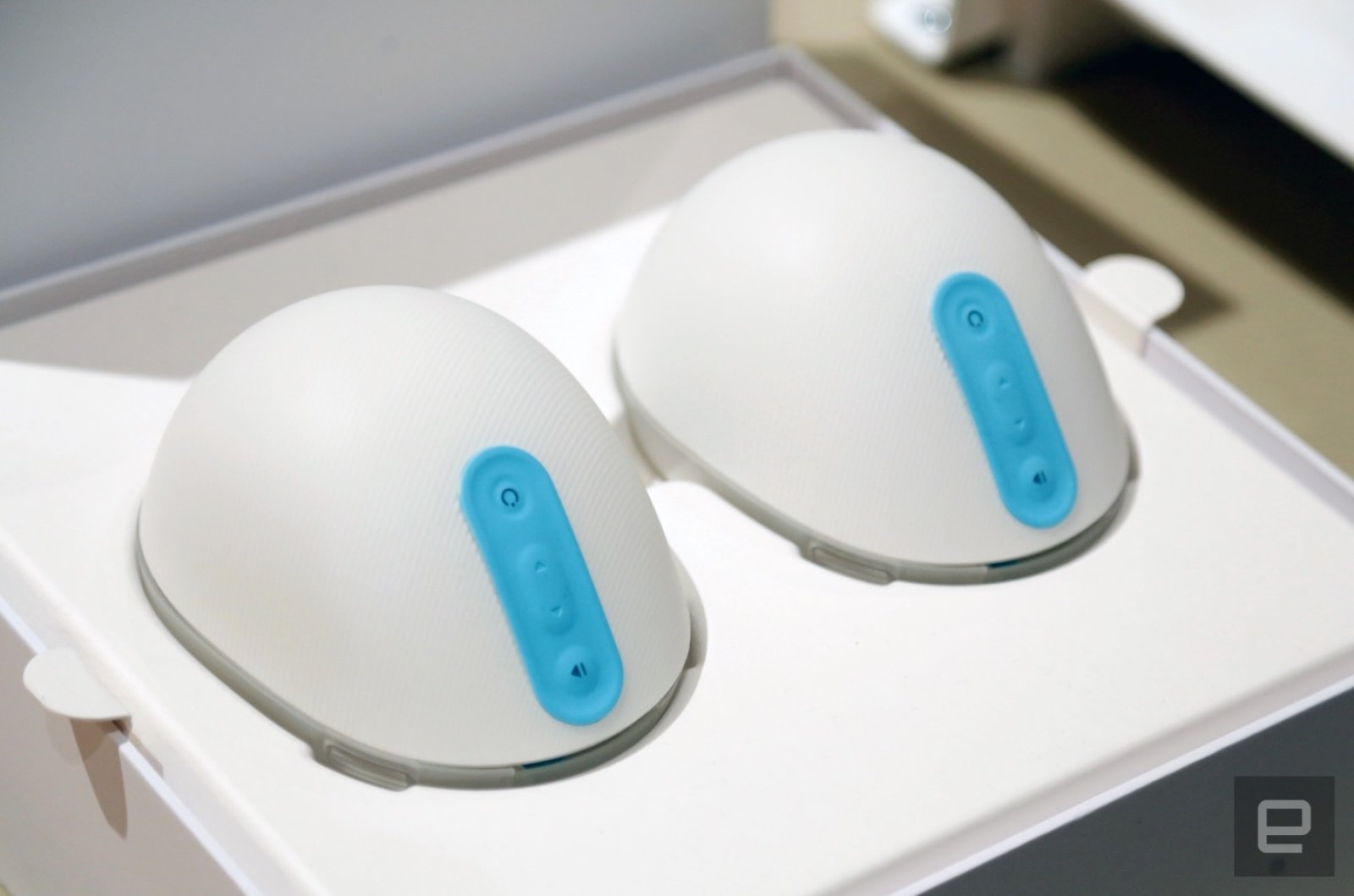
Everything else
When it comes to computing, we can expect more ultraportable laptops with Intel’s latest 10th gen chips and perhaps some AMD graphics news as well. With more powerful chips on the way, gaming laptops could also be a highlight at CES next week. Seeing as the PlayStation 5 and Xbox Series X are expected later this year, we could see more companies getting into the gaming-accessory market. With Stadia and xCloud on the rise in 2020, perhaps we’ll get some news in the cloud-gaming arena too, maybe from the likes of Google or NVIDIA.
It also won’t surprise us to see more wearables with a healthcare bent, though we don’t expect anything to really topple Fitbit or the Apple Watch. True wireless earbuds will definitely continue to be a trend at CES 2020 as well, thanks in part to last year’s arrival of the AirPods Pro prompting some competition. Expect even more earbuds to offer noise-canceling features, perhaps at a cheaper price.
Of course, you should also expect the unexpected. It seems that every year, there’ll be an innovation that surprises us, be it a smart breast pump, a bread robot or a meatless burger. Whether or not our predictions come to fruition, there’s no doubt there’ll be at least one surprise from the show. We’ll just have to wait a few more days to find out.
